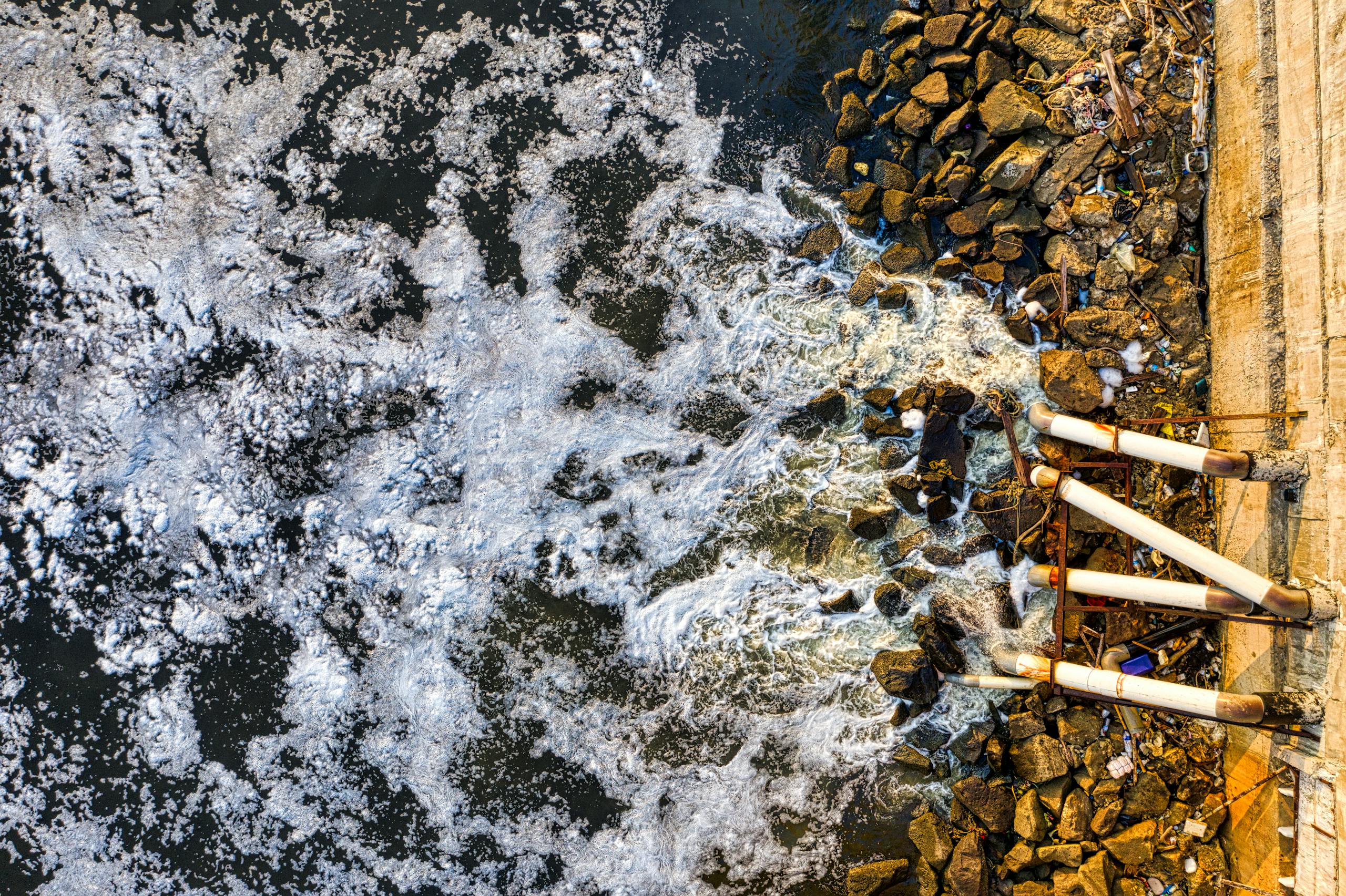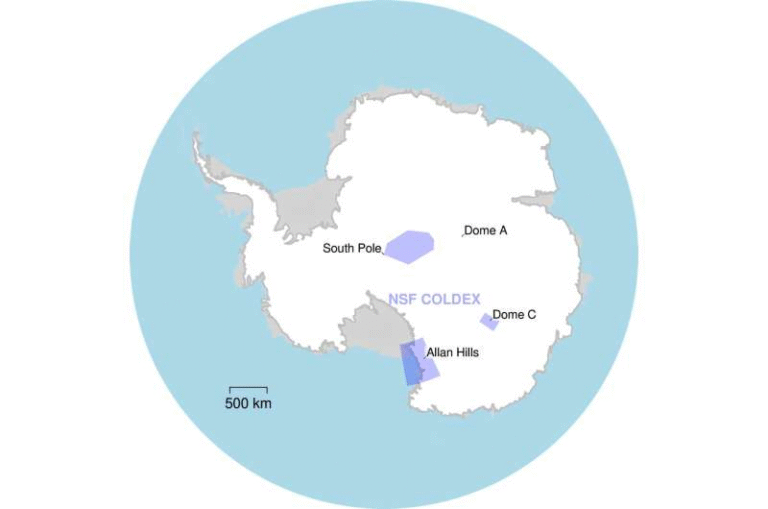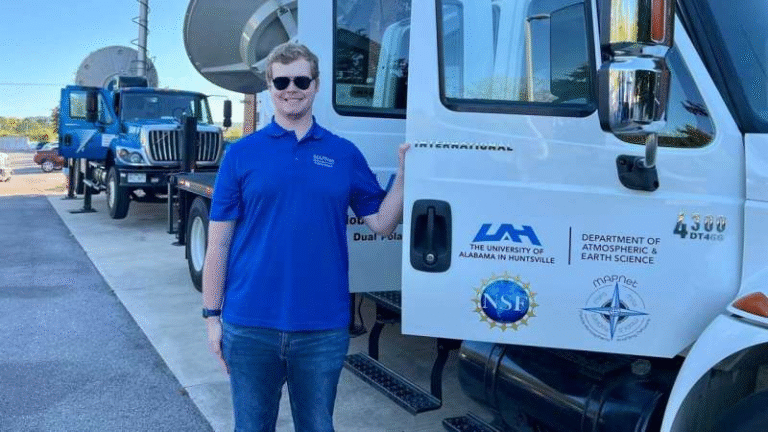Billions of Gallons of Sewage Still Flow Into the Delaware River Every Year Despite Cleanup Efforts

A new environmental report has revealed something many Philadelphians might find hard to believe: 12.7 billion gallons of raw, diluted sewage are being discharged into the Delaware River watershed every year. This comes from an in-depth study by PennEnvironment Research & Policy Center and the Frontier Group, which looked at pollution from both Philadelphia and Camden County between 2016 and 2024.
The findings paint a sobering picture of how much work remains to make local waterways safe for recreation—despite decades of progress and the Clean Water Act’s promise that all U.S. waters should be fishable and swimmable.
Philadelphia’s Overflow Problem
About 60% of Philadelphia is served by a combined sewer system, meaning that stormwater and sewage share the same pipes. On dry days, the system can handle this just fine. But when heavy rain hits, the excess flow overwhelms the pipes, pushing untreated sewage mixed with stormwater directly into rivers and creeks.
The city has 164 outfalls, which are essentially big pipes that release this mixture into the environment. According to the report, ten of these outfalls alone account for half of all discharges—a small number responsible for a massive portion of the problem.
From 2016 to 2024, the study found that these outfalls collectively released an average of 12.7 billion gallons per year into local waterways like the Delaware River, Schuylkill River, Cobbs Creek, Frankford Creek, and Tacony Creek. In these six major watersheds, five experienced at least 65 overflow events per year on average.
The authors estimate that after an overflow, the affected waterways can remain unsafe for recreation for up to 72 hours. Considering how often these overflows happen, local waters could be unsafe for swimming or boating for as many as 195 days each year—more than half the year.
Small Improvements, Big Challenges
There is some good news hidden in the numbers. Compared to earlier periods, the average overflow volume per inch of rainfall has dropped about 16%, suggesting that ongoing efforts like Philadelphia’s Green City, Clean Waters initiative are making some progress.
That initiative is a 25-year plan, launched in 2011, aimed at using green infrastructure—like rain gardens, tree trenches, and permeable pavements—to reduce the amount of stormwater that reaches the combined sewer system. But even with that, the city’s discharges remain alarmingly high.
The report points out that increased rainfall from climate change and rising sea levels could undo these modest improvements. With more intense storms and higher tides, the system will be under greater stress, and current infrastructure may not be sufficient to keep up.
Camden County’s Contribution
Across the river in Camden County, New Jersey, the situation is also troubling. The cities of Camden and Gloucester and the Camden County Municipal Utilities Authority (CCMUA) operate their own combined sewer systems that frequently overflow into the Delaware River, as well as the Cooper River and Newton Creek.
The report shows that these systems overflowed into local waterways an average of 76 days per year between 2016 and 2024. Some locations are particularly bad—the Cooper River’s busiest outfall released sewage about 118 days a year, while the Delaware River’s highest-frequency outfall overflowed 94 days per year.
Unlike Philadelphia, Camden County does not publish exact volumes for how much diluted sewage is released. Instead, they record how much “solids or floatables” (the visible waste caught in nets) are collected after overflows—an indirect but telling measure of how polluted the water remains.
Officials in Camden County say they’ve been making progress. Crews recently cleaned 30 miles of pipe, and a $26 million project is underway to separate stormwater and sewage flows in parts of Pennsauken. Another major project, expected to cost between $40 million and $150 million, aims to fix the county’s largest outfall once funding and design plans are finalized.
The Public Health and Environmental Toll
Combined sewer overflows aren’t just a nuisance—they pose serious public health risks. When human waste enters waterways, it carries pathogens like bacteria, viruses, and parasites that can cause gastrointestinal illnesses and skin infections for anyone coming in contact with the water soon after a discharge.
One study cited in the PennEnvironment report found that swimming in a waterway less than 24 hours after a CSO event increases the risk of stomach illness by up to 75%.
There’s also the ecological impact. CSOs add not just bacteria but also nutrients, heavy metals, and chemicals that lower oxygen levels in the water. This threatens aquatic species, including the endangered Atlantic Sturgeon, which still inhabits parts of the Delaware River.
The Infrastructure and Funding Hurdle
Philadelphia’s Green City, Clean Waters program was designed to tackle this exact problem by investing in green infrastructure and storage. However, PennEnvironment says the current plan isn’t ambitious enough to meet the goal of a clean Delaware River watershed anytime soon.
Part of the problem is money. The U.S. Environmental Protection Agency (EPA) estimates that Pennsylvania needs about $12.8 billion over the next 20 years to properly manage sewage and stormwater. Yet in 2025, the state received only $169 million from the Clean Water State Revolving Fund—a small fraction of what’s required.
The Philadelphia Water Department (PWD) also faces a new EPA regulation requiring significant reductions in ammonia discharges to improve dissolved oxygen levels in the Delaware. The cost to comply? About $3.6 billion, which could mean another $265 per year for local households on their water bills.
Environmental advocates say other cities have shown it can be done. Washington, D.C., for example, expects to reduce its CSO discharges by 96% by 2030 after investing heavily in underground storage tunnels. Portland and Boston have achieved similar results through aggressive infrastructure upgrades.
What Experts and Advocates Want
The authors of the report call for faster action and firmer deadlines. They argue that both Philadelphia and Camden County need to rethink their long-term control plans, accelerate infrastructure construction, and look for creative funding options—including long-term bonds or federal partnerships—to cover the massive costs ahead.
They also encourage cities to improve public communication by expanding public access to overflow data, posting real-time warnings, and reconsidering bans on recreational use of rivers and creeks when water quality is acceptable.
Philadelphia Councilmember Jamie Gauthier, who chairs the city’s environmental committee, described the overflow problem as a public health crisis that requires stronger leadership from city, state, and federal officials alike.
Meanwhile, PennEnvironment continues to press for increased federal funding and more coordination between Pennsylvania and New Jersey, since the Delaware River literally divides the two. The group emphasizes that the issue doesn’t stop at state borders—both sides share the same water, and both communities suffer the consequences.
Why It Matters
Beyond the numbers, the issue comes down to how cities manage water in a changing climate. The Delaware River and its tributaries provide drinking water for millions of residents, support recreation, and sustain local ecosystems. Continued sewage pollution undermines all of that.
The report’s authors stress that it’s possible to fix the problem—but it will take urgency, money, and long-term planning. As they point out, other cities have overcome similar challenges with smart investment and innovation. The Delaware River could follow that path too, but not without sustained pressure and funding.
For now, the message is clear: even after 50 years of progress under the Clean Water Act, the Philadelphia–Camden region still has a long way to go before its rivers are consistently clean, safe, and swimmable.
Research Reference: PennEnvironment & Frontier Group Report – Sewage Pollution in the Philadelphia-Camden Region (October 2025)





